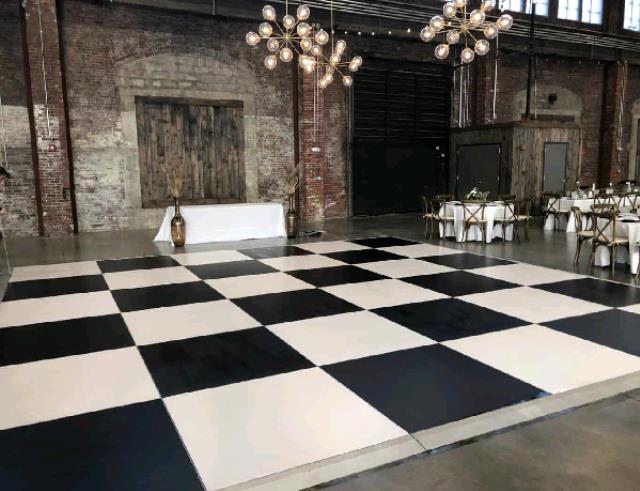Crucial Safety Protocols to Ensure a Fun and Safe Dance Floor Party at Events
Crucial Safety Protocols to Ensure a Fun and Safe Dance Floor Party at Events
Blog Article
When organizing an event with a dancing floor, guaranteeing the security of all participants is essential. A fun and safe dance floor environment can enhance the overall enjoyment of the event. To achieve this, event organizers should implement key safety protocols that cover different aspects of the dance setting. These guidelines not only safeguard guests but also create a welcoming atmosphere where everyone can feel comfortable and have a good time.
One of the primary safety considerations is the physical space of the dance floor. It is important to ensure that the area is large enough to accommodate the expected number of guests. A packed dance floor can lead to incidents, such as tumbles or crashes. Planners should also check the flooring material to confirm it is suitable for dancing. Even surfaces, such as wood or laminate, are preferred, while carpets can pose slipping hazards. Additionally, keeping the dance area free of obstacles, such as seats or furniture, will help avoid injuries and facilitate for a more enjoyable experience.
Illumination plays a significant role in creating a safe dance floor environment. Proper lighting not only establishes the mood for the occasion but also helps guests navigate the space safely. Dim lighting can make dance floor rental for church events it difficult for dancers to perceive their surroundings, raising the risk of incidents. Therefore, organizers should use a combination of background and focused lighting to light up the dance floor adequately. Exit signs should also be easily visible, and organizers should make certain that the illumination is modifiable to accommodate different types of music and dance genres.
Another important aspect of security on the dance floor is crowd management. Occasion staff should be trained to oversee the dance area and make sure that guests are acting appropriately. This includes addressing any instances of overcrowding or unacceptable behavior that could result to conflicts. Additionally, having a specific area for guests to have breaks can help reduce fatigue and avoid accidents. Providing water dispensers nearby can also encourage hydration, which is essential for maintaining energy levels during the dance.
Finally, it is essential to communicate safety protocols to all participants. Before the event begins, organizers should notify guests about the regulations and expectations for the dance floor. This can include reminders to be mindful of their environment, respect personal space, and limit excessive drinking consumption. Offering clear guidelines can help create a culture of safety and responsibility among guests. By cultivating an atmosphere where everyone is conscious of safety measures, event organizers can guarantee that the dance floor remains a fun and secure space for all attendees.